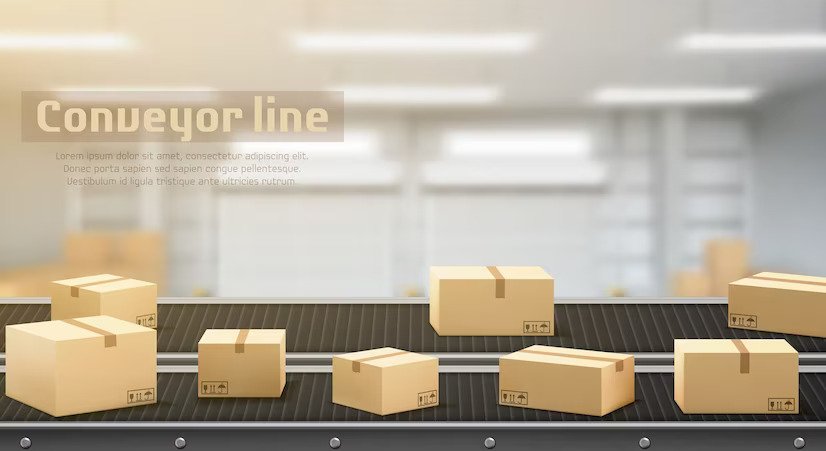How Can Organizations Develop Environmental Programs to Instill Social Responsibilities?
5 Mins Read
Published on: 28 September 2021
Last Updated on: 21 November 2024

toc impalement
All organizations succeed when they follow effective strategies to reach their business goal. All business leaders would agree that the ultimate objective of their organizational activities is to achieve profitability. They seek and develop innovative ideas to make their businesses stand out.
However, corporate social responsibility remains one of the most positively impacting business goals. It may come with certain costs, but it does well in enhancing the brand’s reputation in the long term.
Improved social standing, customer appeal, retention of talented staff, and increased networks augment the company’s financial stability.
R\To instill social responsibilities in their organizations, business owners develop specific environmental programs. It is essential to do eco-friendly business practices so that companies can take accountability for their choices.
For instance, making the system more digitized and less paper-dependent can ensure environmental friendliness and help cut administrative costs.
This would help you become a responsible organization focused on the better cause of concern regarding your community’s economic and social advancement.
To learn more about these social responsibilities, you can contact a professional. You can also ask your CSR manager to pursue an online master’s in social work so that your organization can become better at it.
Simultaneously, it would give the company a competitive edge and attract an environmentalist customer market. So, let’s see how an organization can develop environmental programs to instill social responsibilities:
1. Source Sustainable Supplies

Sustainable materials are general products companies use in environmentally friendly practices, such as furniture or equipment made with recycled plastics. You may have to do in-depth research to determine which local supplier could help you source these sustainable goods and services.
Asking yourself some essential questions would help you decide if your suppliers follow eco-friendly practices. You can check if they sustainably create products, such as recyclable or biodegradable materials, or use renewable resources.
You can also check their items to see if they have a toxic or environmentally harmful ingredient and if the packaging is excessive.
Buying these things would help conserve finite resources and prevent waste while avoiding long-distance shipping would save transportation, fuel, and packaging money.
2. Lower Energy Costs

Using energy-efficient equipment is one of the most effective ways to develop environmentally friendly workspace practices. U.S. small businesses spend more than sixty billion dollars on energy expenditure.
At the same time, they could quickly become more efficient by taking small steps that help save costs and reduce carbon footprints. You could invest in energy-efficient appliances. They may have expensive installation costs, but they will save them a lot of money in the long run by reducing energy usage.
Organizational leaders could install light timers, reducing the risk of leaving lights on when the bathroom or breakroom is not in use. These lights have a motion sensor that automatically turns them on or off when needed. Make every effort to make use of natural light.
If you don’t have an option, try replacing incandescent bulbs with LEDs, which last longer and use 30% less energy. Research studies have suggested that these small acts can help you save thousands yearly in your business.
3. Reduce Water Usage

In metropolitan areas, businesses are responsible for consuming around 25% of the water; hence, organizations should develop policies to reduce water usage. Conserving the water allows you to maintain your business’s social responsibility and make your organizational practices more eco-friendly.
It saves energy from cleaning, pumping, and distributing the water and maintains your business’ cash outflow.
Begin with a thorough inspection of your building to identify any leakages on the property. It may seem like a minor issue, but a leaky faucet can discharge 10,000 gallons of water each year.
It is the water that you are paying for but not using. By taking care of it, you will also be reducing the wastage cost of your business. You can also ask your plumbers to install low-flow water valves and faucets.
So that the users don’t unnecessarily waste the water – this is especially conducive to saving water if you run businesses like hair salons or restaurants where water usage is high.
4. Eliminate The Use of Disposables

Reducing disposables in the organization can help reduce millions of tons of plastic waste every year. Fortunately, all single-use items have efficient and reusable counterparts to introduce to your workspace.
For instance, as a restaurant or café owner, you can remove plastic packaging and replace it with paper or reusable bags.
You can eliminate putting excess plastic waste in the oceans or landfills by purchasing recyclable plates and cutlery items. You can reduce your business’s carbon footprint by using compostable materials, which break down into compost instead of landing in piles of plastic waste.
Smaller steps, like eliminating the use of coffee pods, will reduce plastic waste. Rather than them, you can use a traditional coffee maker in the break room and ask your employees to bring their mugs.
It is also essential in reducing costs and bringing you one step closer to operating a green business.
5. Incentivize Carpooling

As a business leader or owner, it is not your responsibility to see that your employees minimize the use of personal cars or motorbikes. But you can indeed incentivize them to change their commute.
When your employees use their vehicles to travel daily to work, they increase CO2 in the environment. Hence, your organization becomes socially responsible for it.
If you allow them certain benefits for commuting through carpool or public transport, you are helping reduce environmental pollution.
Many businesses allow their workers to work from home, reducing carbon wastage. At the same time, some may want to install bike racks outside of the company to instill riding bicycles in the workplace. It can be beneficial for both the employees and the customers.
Conclusion
Conclusively, organizations can develop and implement several innovative policies to instill social responsibilities in their workers. But there’s a high chance that they’ll only follow if there’s reinforcement or punishment associated with them.
Hence, keeping track of all these new strategies and assessing whether they’re improving your business’ performance is essential. Otherwise, it’s time to rethink and come up with better ideas.
Read Also


















Comments Are Closed For This Article